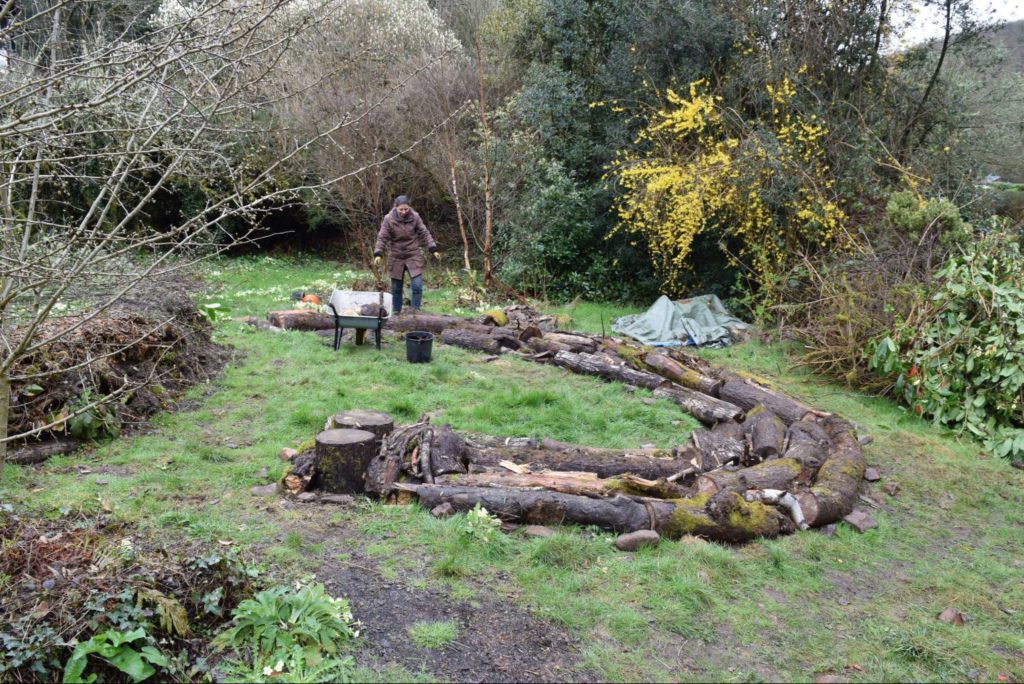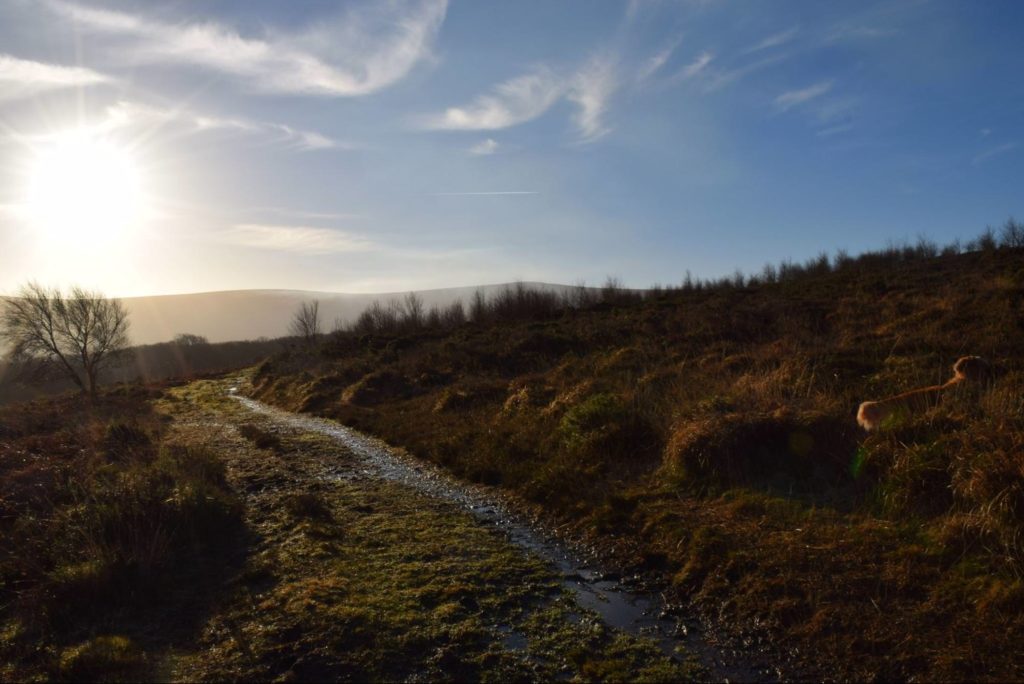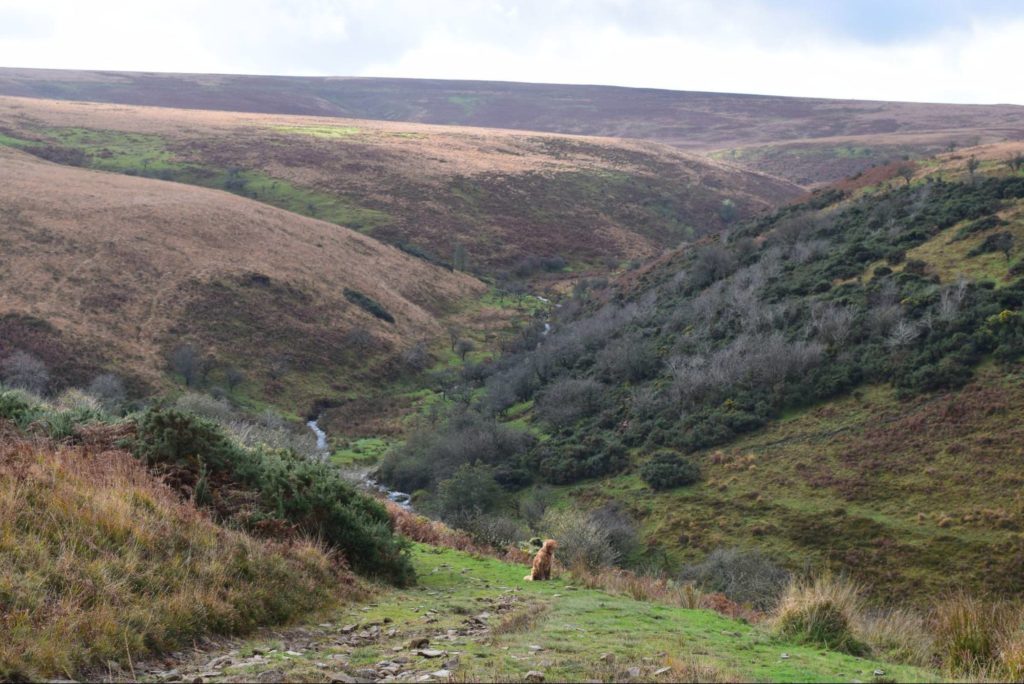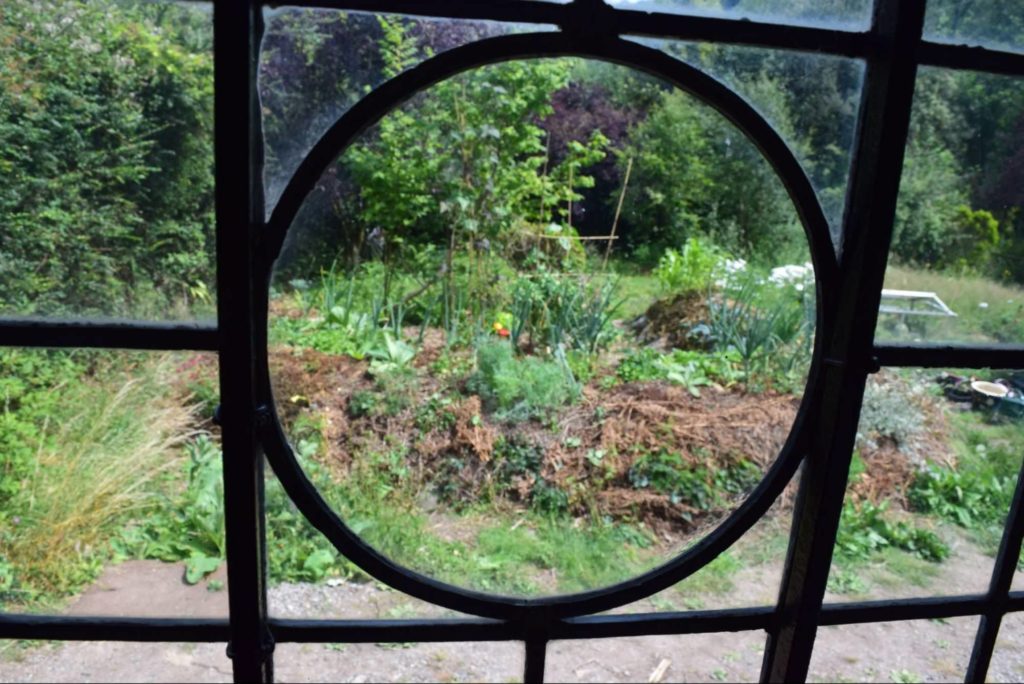In this series, we are profiling ClimateAction.tech (CAT) volunteers and members from around the world to learn more about their climate journeys and lives. Joining us today for a CAT Q&A is Hannah Smith from Somerset, UK, who started volunteering for CAT in February 2020 and helps CAT with website development and special projects.
Tell us a little about yourself

I currently work as Director of Operations for Green Web Foundation, a role I believe I ended up in thanks to CAT. Alongside that, I’ve been running a meetup community called Green Tech South West since February 2020. At the moment, I live deep in the temperate rainforest in Exmoor National Park in the South West of the UK. Before I moved there about two years ago, I’d never heard of temperate rainforests, but now I can tell you they are quite real, pretty rare and definitely magical places.
My background is in Computer Science and for many years I worked as a freelance WordPress developer based in Bristol, UK. I also was a coding instructor in a developer bootcamp, teaching WordPress and later on tooling like Git and Gulp. I also had a 7-year stint working for the Environment Agency, where I managed large business change projects and introduced a project management centre of excellence to the policy-making part of the organisation.
In my leisure time, I love to garden. I have a pretty large garden, and grow organic food using the resources I find in the forest and shoreline around me. I’ve drawn a lot of ideas from permaculture, and am currently trialing some hugelkultur beds.


How has climate change impacted you?
Where I live is already a pretty wet place which is prone to storms. My house is in the forest and access is via a one-mile bridleway. In case you don’t know, in the UK a bridleway is a path suitable for horses, which is usually a firm-ish permeable path, e.g., not concrete but maybe compressed gravel. As a community, we’re used to storms, but they’re definitely getting wilder and more frequent.
In February 2022, we were hit by three big storms in one week. We had crazy levels of rain, but more scary when you live in a forest, are the high winds. We live in a pretty sheltered valley and the prevailing wind usually crosses the top of us, so my house doesn’t directly get the worst of it. But all around us are moors which are very exposed to winds coming off the Atlantic Ocean. Those storms took down trees all over the place, which in turn took down power lines. We were without power for 5 days. Our local power management teams were amazing and worked so hard in all kinds of harsh weather to get people connected again. But there was a lot of damage to put right. The whole thing was very humbling. We were told just one of those storms was a once in a 100-year event.
And then just a few months ago, we got hit by another storm, named Agnes. This time it brought more than a month’s worth of rain in a few hours. It’s hard to describe the sheer volume of water falling out of the sky. The noise was deafening. Every single drainage mechanism in the vicinity was completely overwhelmed. Big sections of the bridleway washed away because the channels couldn’t cope with the volumes rushing through. New streams of surprisingly powerful water appeared everywhere. Exmoor is a steep place, so the water moves fast.
Later on that day, I discovered my office, which is in the nearby town of Minehead, had been flooded and was under 6 inches of water. It didn’t flow into the office through the door, it came up from the ground as drains were overwhelmed. Luckily, we are part of a kind community and received a lot of help. It was only my place of work that got flooded, and we had the resources to deal with it quickly. But on the other side of the building are homes for those on low incomes, which didn’t bounce back as quickly.
Tell us a bit about what’s going on in climate in your region?

There’s a really big difference between where I lived previously, Bristol, and where I live now in Exmoor. I think the issue of climate change was much more accepted as a crisis in Bristol, and the city won the European Green Capital award in 2015. The local council currently has some pioneering initiatives to make significant changes. Things like the Bristol City Leap initiative looking to invest nearly £500 million into low carbon energy infrastructure, such as solar, wind, heat networks, heat pumps and energy efficiency measures to help Bristol meet its target of becoming carbon-neutral by 2030.
In my more rural area, in the county of Somerset, I think the available resources are more modest, and the local population more conservative with a little ‘c’. It seems harder to get consensus on big changes here. There’s a lot of “but we’ve always done it like this” or an implied assumption that you should be self-reliant. One promising change was the whole county of Somerset reduced the bus fares to £2 for a trip. We have a lot of tourism here and the tourist buses were also covered by this change. I noticed a lot more local people using the tourist buses, which were unaffordable before and actually serve to connect some pretty difficult to reach places.
How are you currently implementing sustainable tech practices?
As a freelance web developer, I was very interested in trying to build performant websites which were as lightweight in code and data as possible. That’s still an interest of mine, but I’m lucky enough through my work to now be able to think about more systemic changes. Such as how the electricity grid comes in to play when we think about what powers tech, where the resources come from to build new data centres and infrastructure, how much is “enough” internet and interconnectivity, and what behaviours we promote through the use of tech.
I’m mindful of how much tech I use on a personal level. Having pretty low bandwidth at home (my internet comes through wires on poles from the top of the valley through the forest) we have to plan who is using what internet at home and when. I actually quite enjoy that constraint, as it’s a constant reminder not to take the internet for granted. On a micro level, I try really hard to look up info in my collection of cookbooks or gardening reference books instead of reaching for the internet. The result is usually a lot more pleasurable.
What sustainable tech practices or principles do you think everyone should be doing?
I’m quite deep into thinking about the boundaries and constraints that should be placed on tech’s use of resources. I’ve been thinking about all the different uses of tech from the life supporting uses, say medical data, hospitals, education, physical world modelling etc through to use of tech that are more profit-driven such as ad-tech, online gambling, social media and ChatGPT.
This is a big picture idea, but I’m keen that we start to see some policy in place that prioritises the use of tech for things that support a true social foundation. And those uses of tech that are less essential do not get priority use of the world’s dwindling resources. I know categorising things is very complex, and there’s a risk you overlook opportunities for innovation in such an approach. But right now, given who controls and profits from most tech, I’m convinced that we need some controls in place.
If you could ask a climate genie for three wishes – one for the world, one for the digital tech industry, one for your local community – what would they be?
- For the world: we see visions of success from 100 years down the line where we’ve been innovative and solved climate change issues in a fair and just way. We discover that we can design in equity, regeneration and a high quality of life for all by default.
- For the digital tech industry: policies for fair resource use limits for tech are put in place, so that resources such as renewable electricity and water are first prioritised for local people and eco-systems to meet their basic needs. The more frivolous parts of tech get their resources once others have sufficiency. Too often it seems the other way around.
- For my local community: we get some investment and buy-in for making use of all that water we have flowing around to generate electricity for the local people. And we are able to do that in an innovative way that does not damage the ecology and natural processes of our waterways.

What keeps you motivated and sustains the work you do?

Mentally, I know that I am working to make a difference in my own small way, and that whatever happens in the future I can say that I tried my hardest to make an impact.
Physically, I don’t deny myself the small pleasures in life. It doesn’t have to be all grind and no fun. I make time to do the things I love, rest and be merry. I do that as sustainably as I can. That doesn’t mean I make light of the polycrisis we’re in, but I recognise that I don’t have to think about it all the time and need release.
Why do you volunteer with CAT?
Back in 2019 when I first started to explore web and digital sustainability, CAT was one of the most impactful places I found. I felt like I found my tribe. This meant even more to me as I worked as a freelancer. A lot of the people working on the issues I wanted to learn about were in the CAT community and were willing to offer advice and support. I learned a lot and had my own journey accelerated no end by the kindness and knowledge of the people in this community.
The CAT community came together to support the idea and implementation of the #LetsGreenTheWeb campaign in 2021. This was an itch I wanted to scratch, and I was so bowled over by the number of people that found time to get involved and made that project have some real impact in the tech space.
CAT has grown a lot since then, and I want to play a part in paying forward that kindness to others on their own journey, and support the organisers of CAT who do an amazing, often unseen, job to make this community what it is.
You can connect with Hannah on LinkedIn and learn more about how she helps people create and use digital technologies more sustainably on her website.
Want to see a profile from another cool CAT? Nominate them by posting in the #cat-blog Slack channel.